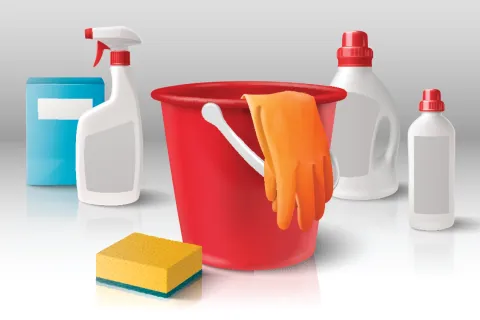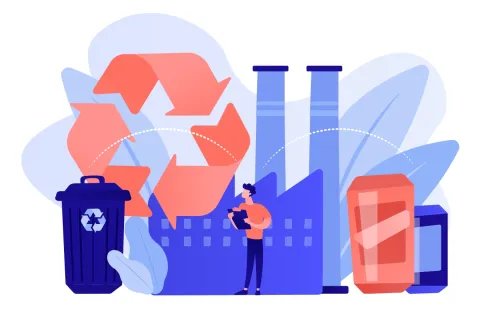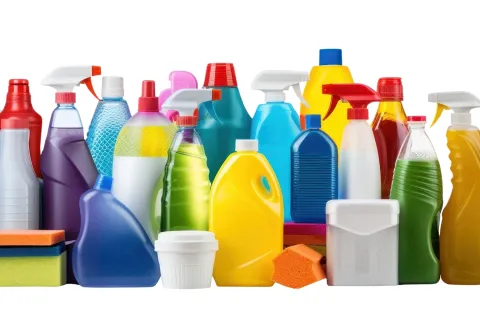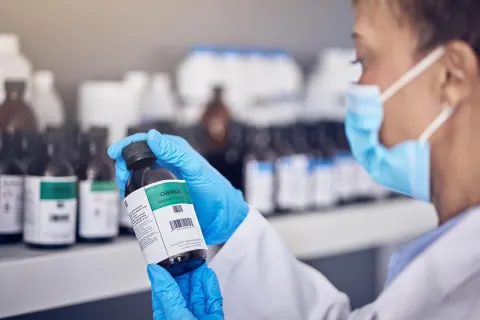
In the European Union (EU), for hazardous chemical substances imported in quantities greater than 10 Tonnes Per Annum (TPA), Safety Data Sheets (SDS) must include an annex with exposure scenarios. These cases are referred to as extended Safety Data Sheets (eSDS). This blog aims to provide a comprehensive understanding of eSDS, their requirements, and the responsibilities of formulators in the context of chemical manufacturing companies.
eSDS Requirements
For a substance to be included in an eSDS, it must be subject to a chemical safety assessment, with an exposure assessment as part of the EU’s Registration, Evaluation, Authorization, and Restriction of Chemicals (REACH) process. The exposure assessment is mandatory for the registration of the substance, and the eSDS must contain the exposure scenarios.
Formulator Responsibilities
Formulators must assess whether the foreseeable uses of downstream users in the supply chain are covered in the exposure scenarios of the substance. If not, they must take appropriate measures to ensure the safe use of the substance. This may involve reporting the use of the chemical to the registrant, adapting operational conditions to match the conditions stated in the exposure scenario, preparing a Chemical Safety Report (CSR) for their own use, or replacing the substance in question with another substance.
Exposure Scenarios
Exposure scenarios describe the operational conditions and risk management measures required for the safe use of the substance for a specific use. They may include a number of contributing scenarios, each describing a contributing activity within the identified use. Formulators should communicate the relevant information from the exposure scenarios of the raw material SDS for the mixture.
Thus, the eSDS plays a crucial role in ensuring the safe use of hazardous chemical substances in the EU. Chemical manufacturing companies must understand the requirements and responsibilities associated with eSDS to ensure compliance with REACH regulations and, in turn, contribute to the protection of human health and the environment. By following the guidelines and best practices outlined in this blog, companies can effectively manage the risks associated with hazardous substances and promote safe chemical practices. Freyr’s experts, with due diligence, can support manufacturers with the preparation and management of eSDS. Contact us today!









